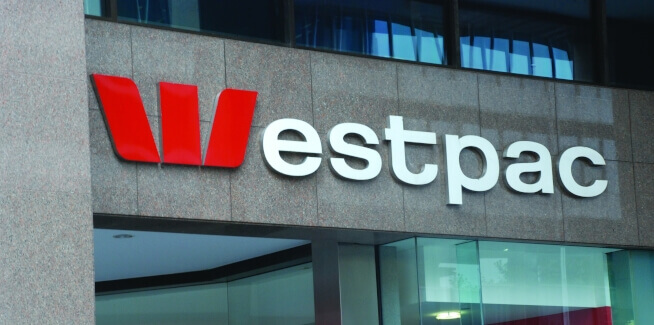Westpac Bank (Westpac) has updated its Australian dwelling price forecast for the 2021 calendar year, with the major bank now expecting a 22 per cent gain by the end of the calendar year.
Previously, Westpac stated that property prices would increase by 18 per cent over the same period.
According to the major bank, prices across the major capital cities have already risen by 17 per cent over the year to September, and are currently tracking for a 1.5 per cent gain during the month of October.
However, with the combination of the country taking steps towards reopening, alongside the Australian Prudential Regulation Authority (APRA)’s announcement of macroprudential measures, a further 3 per cent rise is to occur during the final months of 2021.
This momentum is expected to continue through 2022 with an 8 per cent spike before moving into a “correction phase” the following year, with a national decrease of 5 per cent.
Westpac has expressed that this decrease is linked with the expectation that the Reserve Bank of Australia (RBA) will begin introducing a further tightening of lending measures.
These figures both reflect and contrast earlier forecasts released by the other big four banks. In August, the Australia and New Zealand Banking Group Limited (ANZ) stated that it was speculating a rise of just over 20 per cent for the year.
In July, the National Australia Bank (NAB) concluded that Australia would see an 18.5 per cent increase by the end of the 2021 calendar year.
Earlier this year in February, the Commonwealth Bank of Australia (CBA) stated that it believed the country’s housing prices would increase by 16 per cent by the conclusion of 2022.
Housing affordability ‘deteriorating quickly’
As noted in this report, housing affordability is rapidly decreasing across the country, seen in increasing house prices throughout Australia’s capital cities and regional markets.
According to Westpac’s findings, Sydney’s dwelling price for the 2021 calendar year is forecasted to boom by 27 per cent, while Melbourne is expected to climb by 18 per cent.
These figures are 18 per cent and 10 per cent higher than Sydney and Melbourne’s previous price peaks in 2017-18.
Both Brisbane and Hobart face speculated growth of 22 per cent and 25 per cent respectively, while Perth and Adelaide will see a smaller, but still significant, increase of 15 per cent and 18 per cent.
While Westpac does note that price does not equate to affordability, following its preferred measures of looking “at the proportion of income required to purchase a median-priced dwelling” (including accumulating a deposit over a five-year pre-purchase period and making mortgage repayments over the first five years of the loan), the report stated that affordability is becoming stretched at its current price levels; the three major eastern capital city markets being back near the extremes seen in 2017, 2018, 2004 and 1989.
However, remaining in line with the national expectation, this surge will only increase slightly by the end of 2022, before declining at the conclusion of the following calendar year.
Investors bear ‘particularly close watching’
According to Westpac, investors have remained cautious “through the housing market cycle to date”, accounting for 25 per cent of the value of loans over the last 12 months. Comparatively, over the period of 2015-17, investors accounted for almost 40 per cent of loans.
However, there are signs that this will shift in 2021, with the segment share lifting towards 30 per cent.
Westpac has stated this change is to be expected when prices are rising, “with investors less sensitive to deteriorating affordability”. However, the bank added that “affordability drivers will see investors become more prominent over the next year”, with the effectiveness of APRA’s macroprudential measures on investors being an important factor.
Expectations of capital gains and rental yields are also expected to be important factors for investors.
The report concluded: “While the market upturn has weathered the latest COVID disruptions very well and is clearly carrying strong momentum, the boom is entering trickier territory.
“Affordability is becoming stretched and policy tightening is now in play. Price momentum has held up near term prompting us to revise up the near-term outlook for prices.
“However, we still expect the market to slow over the course of 2022 as [macroprudential measures] prospects of increased rates; and affordability reaching record lows triggers a correction phase that will begin in 2023 and is likely to extend into 2024.”
[Related: Property sales volumes jump by 45.7%]
 ;
;